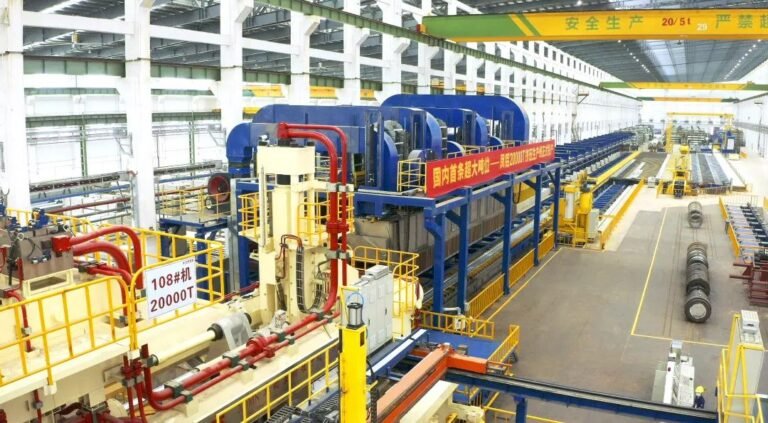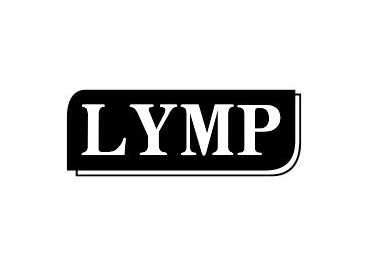Abstract: The relationship between the extrusion speed of aluminum profile and various factors is analyzed, several new extrusion processes and the defects of products are introduced, and the concrete measures for correctly selecting the extrusion speed are put forward.
Key words: extrusion speed; influencing factor; product defect; solution
The extrusion speed refers to the outflow speed of the product or the forward movement speed of the main plug of the extruder. In actual production, the outflow speed of the product is controlled by adjusting the forward speed of the main plunger of the pump. The extrusion speed is an important factor affecting the production efficiency, and also affects the product quality (such as product surface and size, etc.), so the appropriate extrusion speed is very important. The extrusion speed (die exit speed) of 6063 aluminum alloy profile is 9 ~ 60m/min, and that of solid parts is 9 ~ 20m/min. In this paper, the factors affecting the extrusion speed and how to control the extrusion speed are simply analyzed.
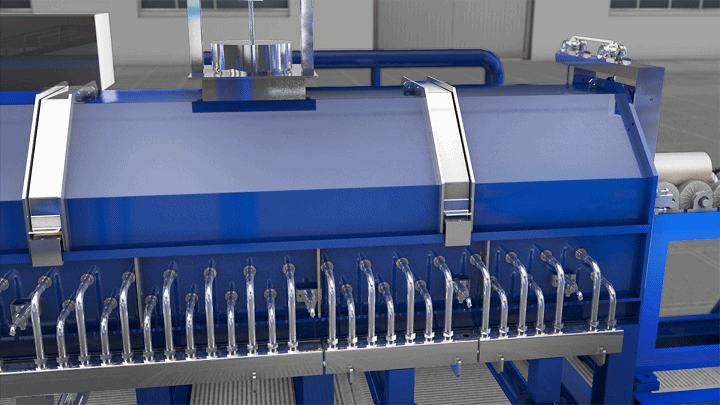
- 1. Analysis of factors affecting speed
The extrusion speed is related to the alloy type, ingot state and size, product shape, deformation degree (or extrusion coefficient), deformation temperature, tool (die) structure and process conditions.
1.1: Influence of ingot quality
The quality index of the ingot is mainly the first grade of grain size, low hydrogen content (less than 0. 1 mL/100 G aluminum), small and fine slag particles (removing the slag particles more than 0. 008 mm), uniform metallographic structure, no crack, porosity and element segregation. In this way, the plasticity and deformability of the ingot are good, the extrusion force of the aluminum profile is reduced, and the extrusion speed is increased. Otherwise, the extrusion speed will be slow and the die wear will be large.

1.2: Influence of extrusion temperature
When metal is extruded, the inhomogeneity of metal fluidity will increase with the increase of temperature. During the whole extrusion process, the temperature of the ingot in the deformation zone also increases gradually, and the faster the extrusion speed is, the higher the temperature is, and the temperature rise can reach about 100 C. When the metal temperature in the deformation zone exceeds the maximum allowable critical deformation temperature, the metal will enter a hot brittle state and form extrusion cracks. Therefore, when the ingot temperature is very high, the extrusion speed must be gradually reduced during the extrusion process. The 6063 aluminum alloy ingot is generally preheated to 480 ~ 520 C, and the extrusion cylinder is preheated to 400 ~ 450 C.
1.3: Profile
The influence of the size and shape of the concave profile on the metal flow rate of the extruded products is very obvious. The general rule is that products with simple geometric shape, good symmetry and small width-thickness ratio can be relatively higher; On the contrary, the extrusion speed should be relatively slow for products with complex geometric dimensions, large width-to-thickness ratio, great difference in wall thickness and poor symmetry. Under the same conditions, the thinner the wall thickness of the product is, the more uniform the deformation along the cross section of the product is, and the smaller the tendency of extrusion cracking is. Therefore, the extrusion speed can be faster.

1.4: Influence of deformation degree
The greater the degree of product deformation, the greater the required extrusion force, and the greater the metal deformation heat, so the outflow speed of the product is slower. On the contrary, if the deformation degree is small and the metal flow is uniform, the extrusion speed can be faster.
1.5: Influence of die structure
When the aluminum alloy profile is extruded, the type of die core is determined by the characteristics of the profile. Generally, plane die is used for solid profile, while tongue or split flow die is used for hollow profile. For 6063 alloy, the resistance of the flat die is smaller than that of the tongue die or the split die, so the extrusion speed can be higher. For the same structure of the mandrel, the wider the working zone of the mandrel, the greater the surface friction between the alloy and the working zone, the greater the additional tensile stress on the surface of the product, and the higher the tendency of extrusion cracks on the surface of the product, so the extrusion speed needs to be reduced accordingly. Secondly, considering the surface friction between the metal and the mandrel, the harder and smoother the mandrel is, the faster the extrusion speed should be.

- 2. New technology to increase extrusion speed
With the development of modern technology, new technologies have been developed to increase the extrusion speed, such as isothermal extrusion, isostatic extrusion, isokinetic extrusion, high temperature extrusion, low temperature extrusion and nitrogen cold extrusion.

2.1: Isothermal extrusion process
Isothermal extrusion is to keep the temperature in the deformation zone within a constant range by automatically adjusting the extrusion speed, so as to achieve the purpose of rapid extrusion, especially some equipment is equipped with a microcomputer device to achieve the purpose of automatically controlling the extrusion speed.
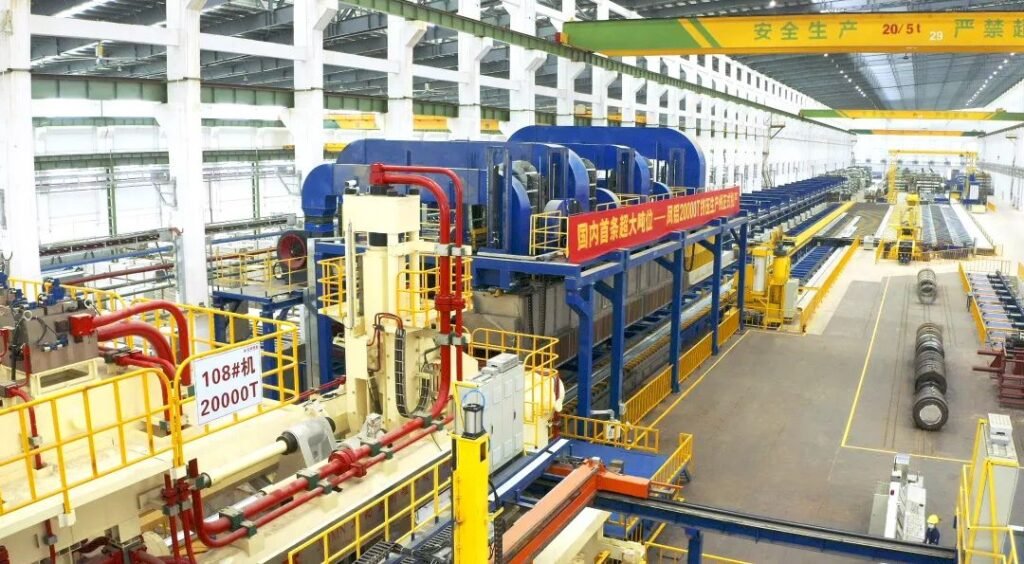
2.2: Low temperature rapid extrusion process
The low-temperature rapid extrusion temperature is 440-460 C. This technology has been applied earlier in Beixing Aluminum Company of Japan. They extrude 6063 aluminum alloy at 430C., extrusion speed of 30 ~ 50 m/min, upper limit of flat die and lower limit of hollow die. Nanping Aluminum Plant in Fujian Province is a mature unit adopting this technology in China. Low temperature technology refers to the temperature of entering the die, and the temperature of leaving the die must reach the best temperature range of air cooling quenching (515 ~ 525 C), otherwise the hardness and strength of the profile are not qualified. How to achieve the proper mold temperature during extrusion is the key to the application of this technology.
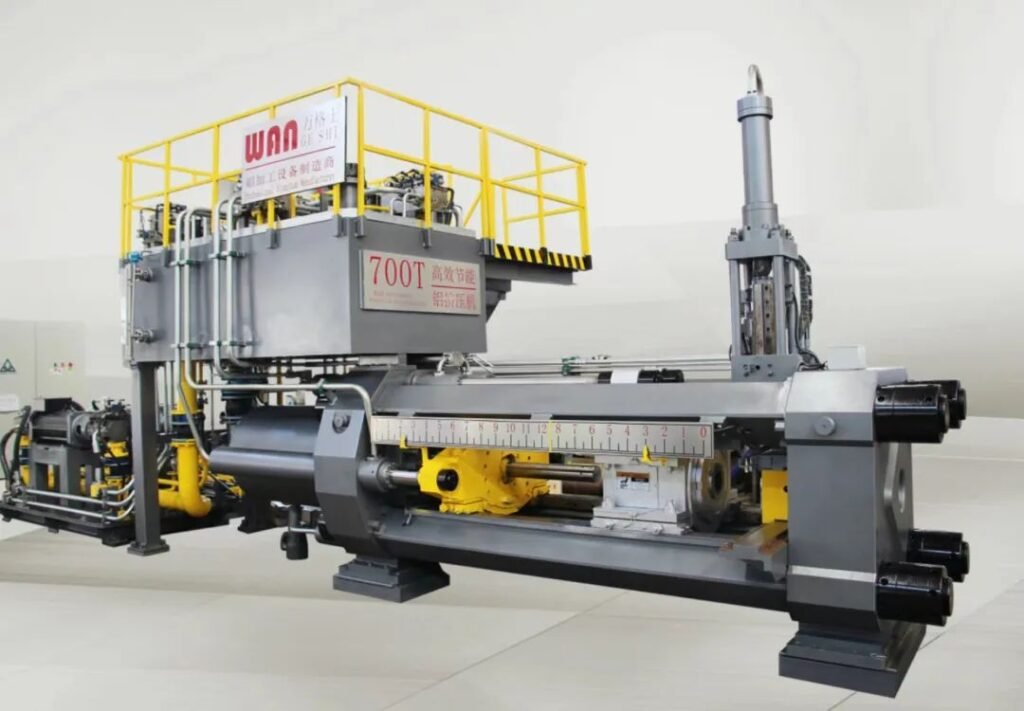
2.3: High temperature slow extrusion process
The temperature of high temperature and slow speed extrusion is 500 ~ 520 ℃, and it must not be fast during extrusion. This is because: First, when the mold temperature is higher than 525 ℃ and the air cooling is insufficient.. Products tend to produce large and coarse grain structure; Magnesium and silicon can not be completely dissolved, and the hardness and strength of the alloy are low; If the extrusion speed is too fast, the temperature is too high, and the metal supply is insufficient, the loose structure will be formed along the shunt line, and it is easy to be corroded and exposed during alkali washing, which will affect the quality of the post-treated profile. So the extrusion speed should be slower.
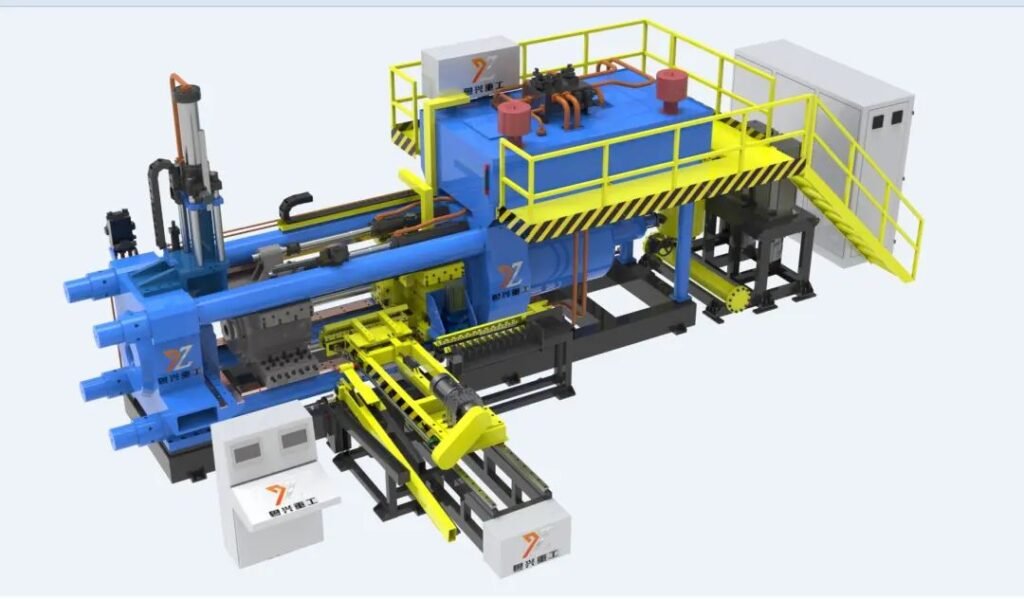
2.4: Nitrogen cold extrusion process
During the extrusion process, the cold liquid nitrogen stored in the tank is introduced to the working belt of the extrusion die. Firstly, the contact friction force between the product and the mold core working belt can be reduced; Secondly, it can cool the extrusion die and the deformation zone to take away the deformation heat. At the same time, the outlet of the die core is controlled by nitrogen, which not only reduces the oxidation on the surface of the product, but also reduces the bonding and accumulation of alumina. Therefore, nitrogen cold extrusion not only improves the surface quality of products, but also greatly improves the extrusion speed.
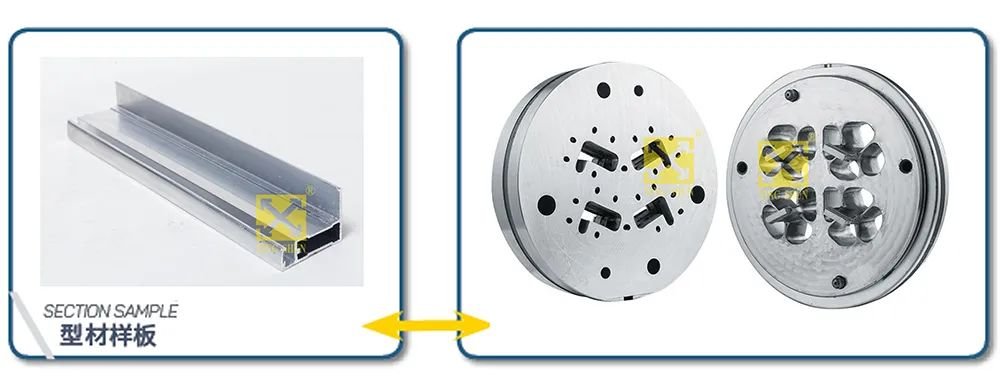
- 3: Concluding remarks
Extrusion speed is one of the important factors affecting the quality and economic benefits of profile products. Through the above analysis, the following aspects can be improved in the actual production:
(1) To improve the quality of aluminum alloy ingots, appropriate extrusion process parameters and high-quality dies are used to improve the quality and efficiency of products.
(2) In production, the operator should properly control and adjust the extrusion speed according to the shape, size, deformation degree, die structure and process parameters of the product, so as to improve the product quality.
(3) Actively study new extrusion technology to improve product quality and production efficiency.

